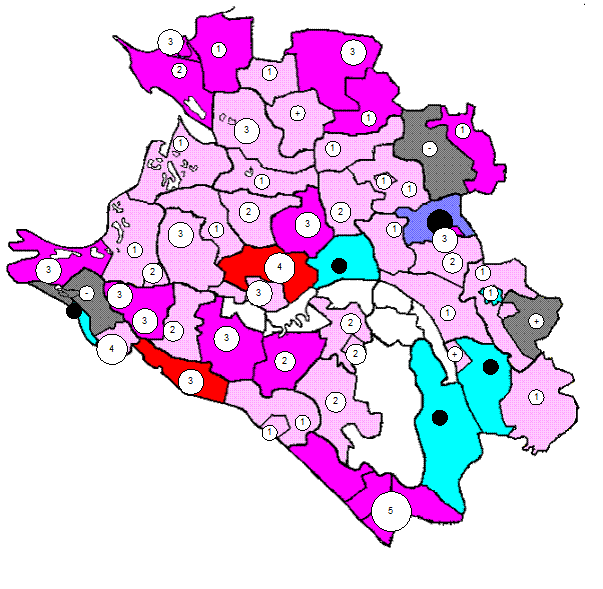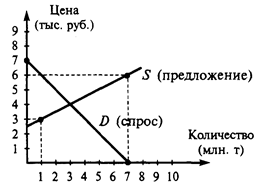Translation and interpreting as interlingual and cross-cultural communication.
From Maximov: 1.1 Interpreting as interlingual and cross-cultural communication The process of translation (interpreting) is often described for practical reasons as a three-stage pattern [see Швейцер 1988: 49; Miram 1998: 57].
where Stage 1 ib communication between the original sender of information (source language sender or S) and a translator (recipient of information or R,), Stage 2 is “code shifting” (transformations and finding equivalents, performed by a translator) and Stage 3 — communication between the translator (S2) and the final addressee (target language recipient2 or R,). According to this scheme there are two interrelated communicative acts in the process of translation (interpreting): communication between the initial sender of infor- H^ion and a translator and communication between a translator and the final addressee (recipient or receiver of information). In this process a translator is actlng 'n dual capacity all the time, acting as a recipient (at Stage 1) and as a Sender (at Stage 3) of the respective messages. in f Shveitser ['988: 51] and ° Cherednychenko [20°7' 164 l65],follow- 8 Nida and C. Taber [1969], suggest another scheme of translation (in- station), which includes both linguistic and extrahnguistic factors and m,.[1] °^e much more relevant for our approach to interpretation. A slightly 1 ied version of this scheme is suggested below:
S, — sender, (source language speaker); R, - recepient, (source language recipient, addressee); R2 — recepient (translator/interpreter in the mode of receiving in-comingmes sages)\ S2 — sender, (translator/interpreter in the mode of performing translating or interpreting); R, —recepient, (target language recipient, addressee); L, — language, (source language); L2 — language, (target language); C, — culture, (source culture); C2 — culture, (target culture). According to this scheme interpretation (as a kind of translation) maybe defined as a two-stage process of interlingual and cross-cultural communication, during which an interpreter, on the basis of an analysed and transformed text in L,, creates another text in Ц which substitutes the source text in the target language and culture. It should be also added to this definition that interpretation (as well as all other kinds of translation) is a process aimed at rendering of the communicative intent of the source text modified by the difference between two languages, two cultures and two communicative situations. So an act of interpreting appears to be an act of cross-cultural communication, so far as cultures include the corresponding languages, languages include texts and texts pertain to specific subject fields (предметнігалузі)'- P0*1' tics, economics, business, law, teaching, engineering, information technologies, computer science, chemistry, mathematics, physics, agriculture, envi' ronmental protection, medicine, etc [see Бурак 2005; Бурак 2006].
|

 STAGE 2
STAGE 2




